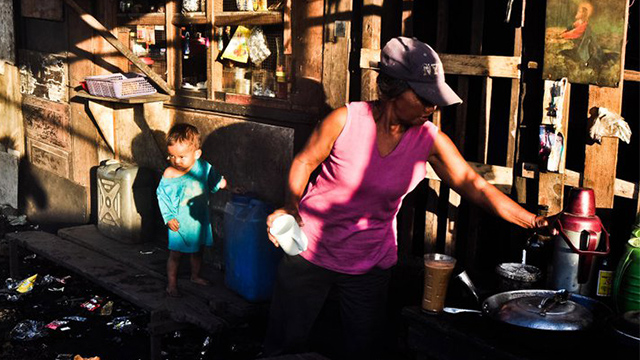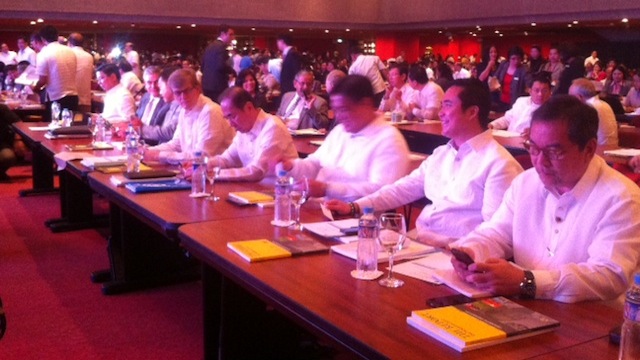SUMMARY
This is AI generated summarization, which may have errors. For context, always refer to the full article.

MANILA, Philippines – It will take time before the Philippines’ high economic growth can make a major dent in poverty.
Bureau of Internal Revenue Commissioner Kim Henares admitted this at a conference Tuesday, September 17, as she appealed to the public to bear with government while it addresses the problem.
After all, she said the Philippines isn’t alone in this struggle.
“China has been growing for 30 years but there’s still poverty. India has been growing for years but poverty is still very much a problem. We’re just starting, 3 years. So compared to the 30 years, we have to be patient,” she told attendees of the 2013 Philippine Economic Briefing at PICC in Pasay City.
“I think one of the problems in the Philippines is that we are such an impatient people,” she said.
View our live blog of the economic briefing
The Palace also acknowledged the government “needs to do more” to achieve its poverty targets.
“We really do feel that we need to do more things to bring those numbers down. We’re trying to bring those numbers down over the next 2 years but it remains to be seen whether we are going to meet those targets,” Presidential Communications Secretary Ricky Carandang said.
READ: Poverty reduction: What works, what doesn’t?
Based on the Philippine Development Plan, the country aims to lower poverty incidence to 16.6% in 2 years. The target is based on the country’s commitments to the UN Millennium Development Goals (MDGs), which require countries to halve their poverty rates by 2015.
The MDGs use the 1990 poverty incidence as basis for the 2015 target. That year, poverty incidence stood at 33.2%.
Latest government data showed poverty incidence hardly improved from 2006 to 2012 despite the country’s stellar economic performance. As of the first semester of 2012, poverty incidence was at 27.9%.
MAP: The poorest provinces in the Philippines
Carandang, nevertheless, gave assurance the Aquino government is “very serious” in making economic gains trickle down to the poor. “We share your hope that these numbers can go down even more quickly.”
How to reduce poverty
The Aquino government has set a target of cutting the number of people living in poverty to 16.6% of the population by the end of 2015, down from 27.9% last year.
READ: Philippines plans to lift millions out of poverty
Key in reducing poverty is shoring up investments and infrastructure spending, which, in turn, will create more jobs, said Budget Secretary Florencio Abad.
He said the government will increase its infrastructure budget by 1% every year until 2016. This means that by the end of President Benigno Aquino III’s term, the government would have already brought the country’s infrastructure to gross domestic product ratio to 5%, equivalent to P638 billion.
Socioeconomic planning secretary Arsenio Balisacan said improved infrastructure, along with sound macroeconomic fundamentals and reduced red tape, will make the Philippines a “magnet for investments.”
“The government has been investing substantially in infrastructure development to reduce the cost of doing business in the country,” he said in a statement. – Rappler.com
Add a comment
How does this make you feel?

There are no comments yet. Add your comment to start the conversation.